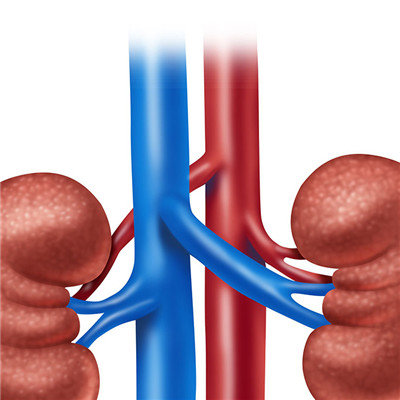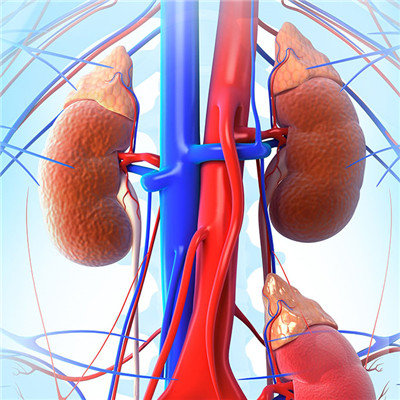The early symptom of buccal mucosa cancer?
summary
In oral cancer, tongue cancer and gingival cancer often complain of pain in the early stage. If the location of pain is not consistent with the location of oral mass and ulcer, it is necessary to consider the possibility of tumor spreading to other parts. Toothache can be caused by gingival cancer, or by buccal mucosa cancer, hard palate cancer, floor of mouth cancer or tongue cancer spreading and invading gingival or lingual nerve, It can also be caused by carcinoma of tongue body invading the base of tongue or cheek, hard palate, gingiva, or lateral floor of mouth invading the lateral wall of pharynx. That buccal mucous membrane cancer's early symptom?
The early symptom of buccal mucosa cancer?
Pain: early oral squamous cell carcinoma generally has no pain or only abnormal sensation or slight tenderness. Obvious pain only occurs when accompanied by mass and ulcer, but the degree of pain is not as severe as inflammation. Therefore, when patients complain of pain, especially gingival pain or Glossalgia, they should carefully check whether there is induration in the pain, mass and ulcer. If there is pain or Glossalgia, they should carefully check whether there is induration in the pain, Tumor and ulcer, pain, local have the above signs, should be highly suspected of cancer.

Mass: oral squamous cell carcinoma (OSCC) originates from oral mucosa epithelium. The mass is formed by proliferation of squamous epithelium. Whether it ulcers into the oral cavity or infiltrates into the deep part, the mass is superficial, and cancer tissue lesions can be seen on the mucosa. In addition, OSCC first metastasizes to the adjacent cervical lymph nodes, and sometimes the primary focus is very small, even the symptoms are not obvious, Cervical lymph nodes have metastasized and become larger. Therefore, if cervical lymph nodes are suddenly enlarged, the oral cavity should also be carefully examined.

Ulcers: oral squamous cell carcinoma often ulcers, the typical performance for hard, irregular edge uplift, uneven base infiltration mass, ulcer surface affects the whole tumor area. Ulcers: oral squamous cell carcinoma often ulcers, the typical performance for hard, irregular edge uplift, uneven base infiltration mass, ulcer surface affects the whole tumor area.

matters needing attention
The surgical resection of primary buccal mucosa carcinoma should have enough boundary, generally more than 1.5 ~ 2.0 cm, and enough depth. Even in early cases, the resection depth should include the submucosal adipofascial layer. If the submucosa has been invaded, the depth of resection must exceed the muscular layer. If the tumor affects the subcutaneous tissue, it should be resected. When the jaw is involved, the corresponding maxilla / mandible should be removed. After operation, the defect should be repaired in one stage. The superficial defect with small resection area and no more than muscle layer can be repaired by free skin graft or adjacent mucosal flap. Submental flap, forehead island flap or forearm free flap can be used to repair the defects beyond the muscular layer. The penetrating defect can be repaired with pectoralis major myocutaneous flap.















